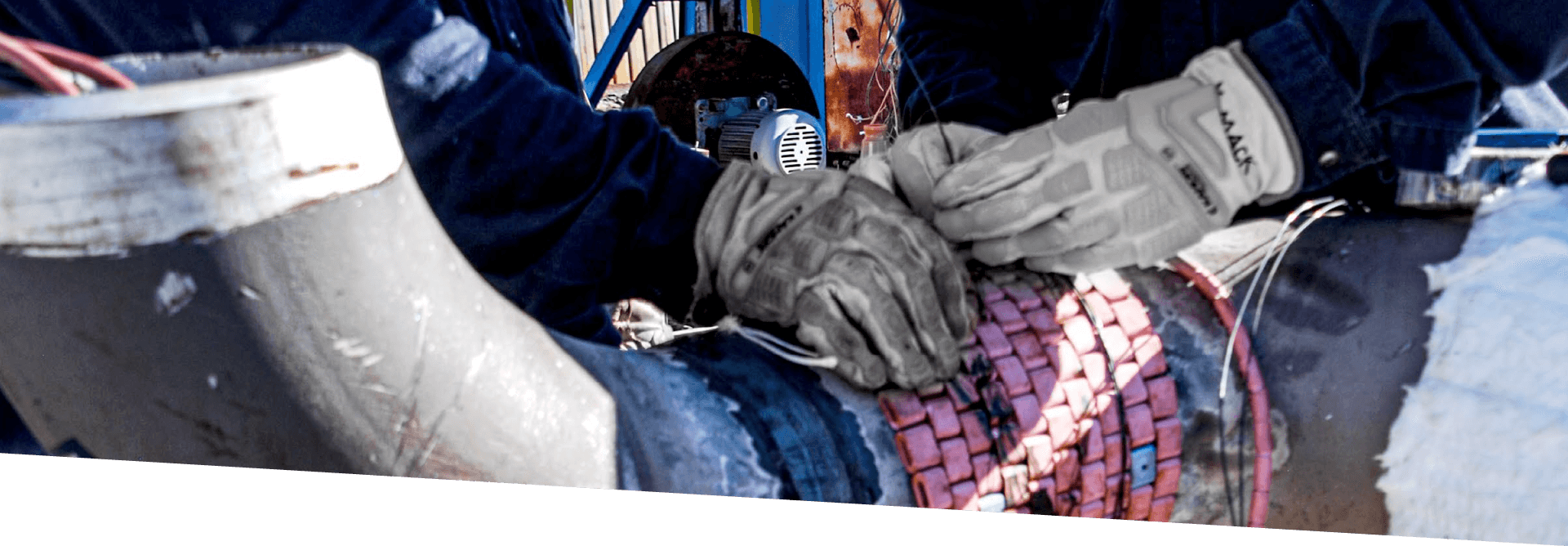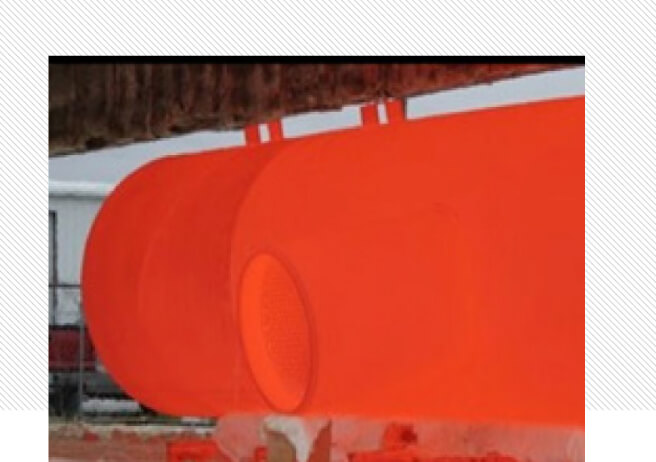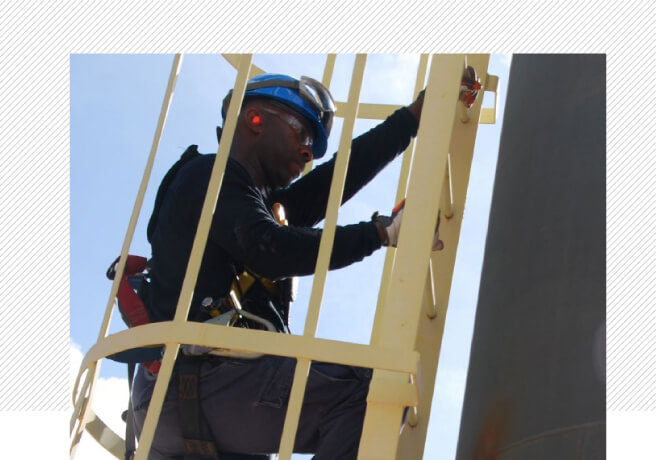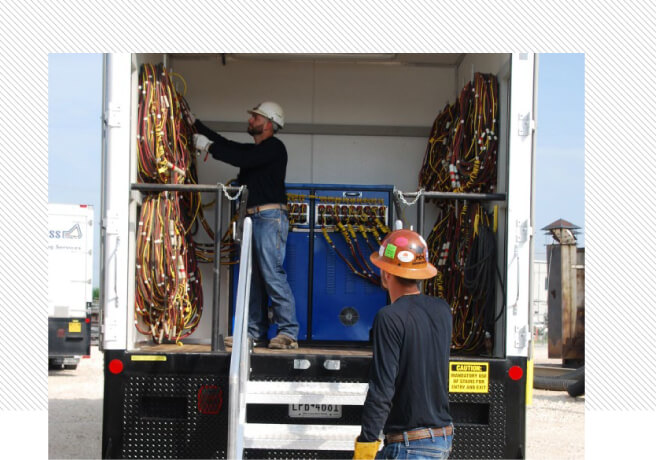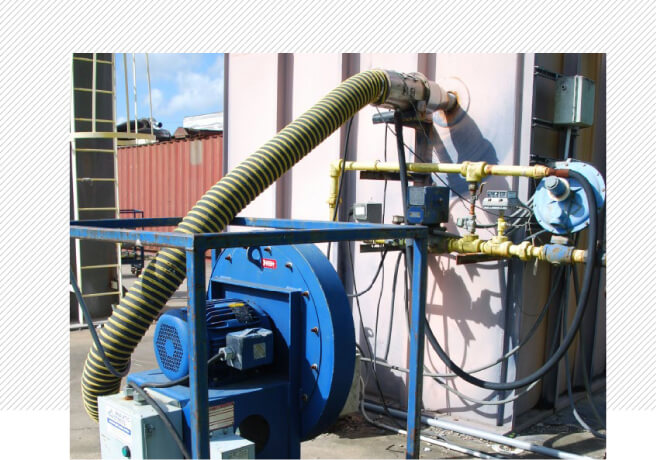POST WELD
HEAT TREATMENT
Post-Weld Heat Treatment (PWHT) is designed to achieve a desired improvement in the characteristics of a material or to regain characteristics that may have been affected by welding, bending or forming activities. One of the primary benefits of PWHT is to relieve the affected material's residual stresses and reduce the danger of cracking in the weld.
- Reduced residual stresses
- Improved ductility
- Lower hardness
- Improved machining ability
- Resistance to corrosion and caustic effects
- Less risk of brittle failure
- Increased dimensional stability





